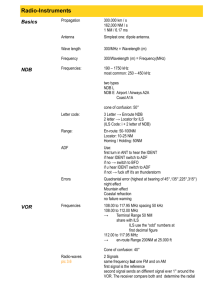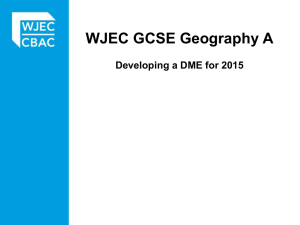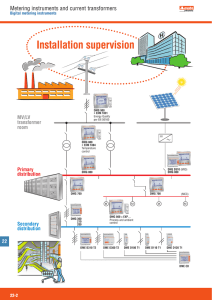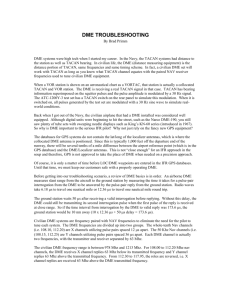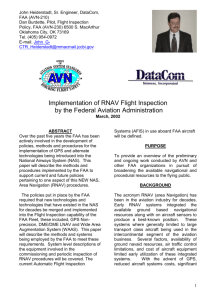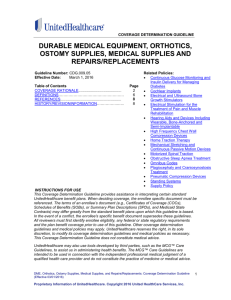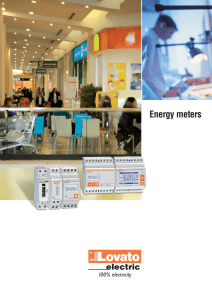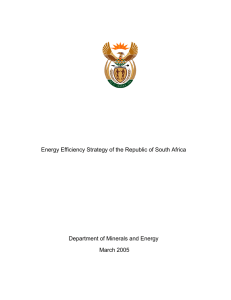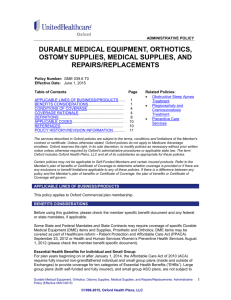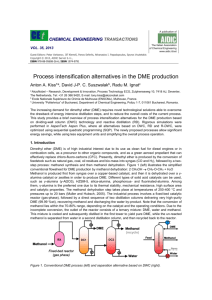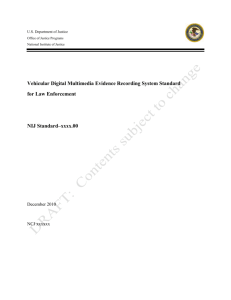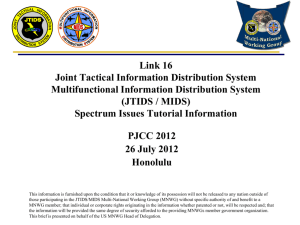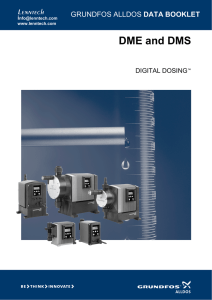Expanding DME channels
advertisement
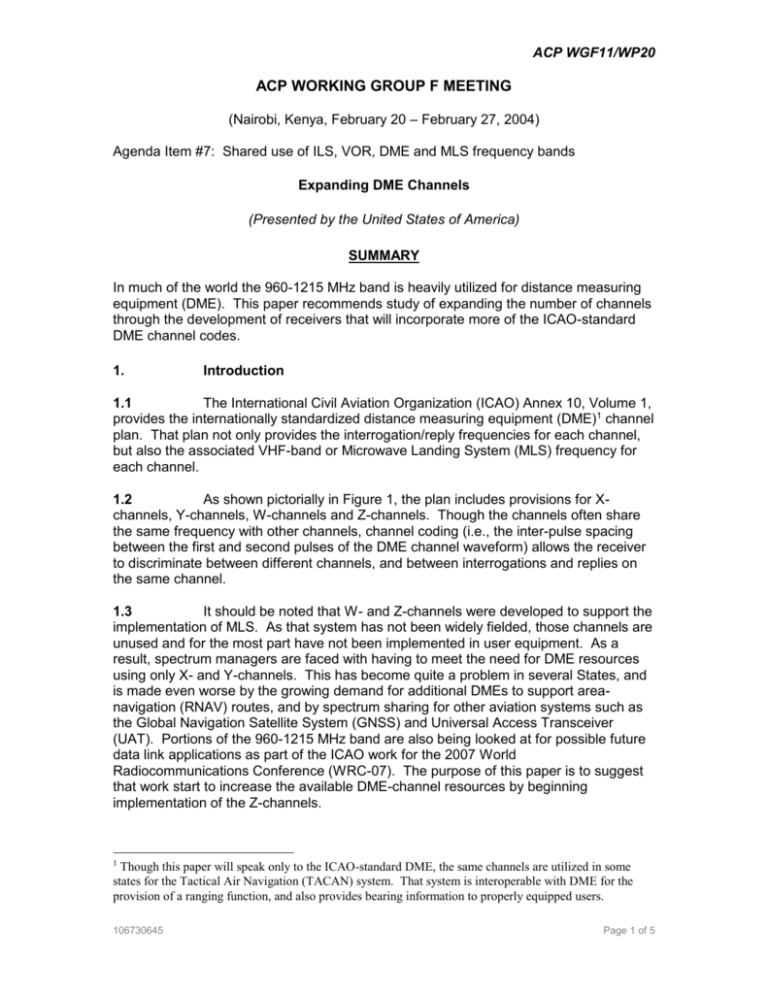
ACP WGF11/WP20 ACP WORKING GROUP F MEETING (Nairobi, Kenya, February 20 – February 27, 2004) Agenda Item #7: Shared use of ILS, VOR, DME and MLS frequency bands Expanding DME Channels (Presented by the United States of America) SUMMARY In much of the world the 960-1215 MHz band is heavily utilized for distance measuring equipment (DME). This paper recommends study of expanding the number of channels through the development of receivers that will incorporate more of the ICAO-standard DME channel codes. 1. Introduction 1.1 The International Civil Aviation Organization (ICAO) Annex 10, Volume 1, provides the internationally standardized distance measuring equipment (DME)1 channel plan. That plan not only provides the interrogation/reply frequencies for each channel, but also the associated VHF-band or Microwave Landing System (MLS) frequency for each channel. 1.2 As shown pictorially in Figure 1, the plan includes provisions for Xchannels, Y-channels, W-channels and Z-channels. Though the channels often share the same frequency with other channels, channel coding (i.e., the inter-pulse spacing between the first and second pulses of the DME channel waveform) allows the receiver to discriminate between different channels, and between interrogations and replies on the same channel. 1.3 It should be noted that W- and Z-channels were developed to support the implementation of MLS. As that system has not been widely fielded, those channels are unused and for the most part have not been implemented in user equipment. As a result, spectrum managers are faced with having to meet the need for DME resources using only X- and Y-channels. This has become quite a problem in several States, and is made even worse by the growing demand for additional DMEs to support areanavigation (RNAV) routes, and by spectrum sharing for other aviation systems such as the Global Navigation Satellite System (GNSS) and Universal Access Transceiver (UAT). Portions of the 960-1215 MHz band are also being looked at for possible future data link applications as part of the ICAO work for the 2007 World Radiocommunications Conference (WRC-07). The purpose of this paper is to suggest that work start to increase the available DME-channel resources by beginning implementation of the Z-channels. 1 Though this paper will speak only to the ICAO-standard DME, the same channels are utilized in some states for the Tactical Air Navigation (TACAN) system. That system is interoperable with DME for the provision of a ranging function, and also provides bearing information to properly equipped users. 106730645 Page 1 of 5 ACP WGF11/WP20 Figure 1: DME Channel Plan 960 MHz 1025 MHz 1088 MHz 1-63X 1151 MHz 1215 MHz 64-126X 1-63Y 64-126Y 18-56W (even) 17-56Z 80-119Z Interrogation Frequencies 106730645 Reply Frequencies Page 2 of 5 ACP WGF11/WP20 2. Discussion 2.1 In the United States (US) there is currently considerable interest in the development of DME-DME2 RNAV routes to use as a back-up to GNSS-based navigation. The initial interest is for high-altitude routes, and as a result there has been considerable pressure to expand the service volumes of a number of existing DME facilities. Often this is not achievable due to co-channel/co-code desired-to-undesired (D/U) signal constraints, necessitating a change in facility frequency to support the expanded service volume. On occasion however even that is not possible without additional frequency changes. 2.2 As mentioned above, the search for available frequencies is also hindered by the desire to reduce (or at least maintain) the number of operational DMEs in the 1164-1215 MHz portion of the band shared by modernized GNSS as studies have shown that in some regions of the world the DME environment is dense enough to potentially impact the use of that GNSS at high altitude. Furthermore, studies in support of the WRC-07 agenda item dealing with new aeronautical mobile (route) service (AM(R)S) bands have focused on the currently-unused 960-977 MHz portion of the band. The question then becomes one of trying to expand the available channels, without impacting those other potential uses. From Figure 1, it is apparent that the already-defined Z-channels may hold the answer. 2.3 Two potential approaches are foreseen for using the Z-channels. The first would be to simply treat them as additional channel resources for assignment as necessary. The second – potentially most helpful with the high-altitude RNAV applications – would be to develop ground transponders that could decode interrogations and provide replies on both Y- and Z-channels. Since the channels share the same frequency and are distinguishable by pulse coding, it is expected that such a development would be a software change to the ground equipment. What it would offer however, is the possibility of increased3 Z-channel service volumes overlaying some existing Y-channel facilities (see Figure 2). Since the Z-channel would only be used to close-the-gap in high-altitude RNAV routes, only those users – the ones getting the benefit of the new capability – would be impacted. Other uses would continue as normal. The US is currently exploring whether such a approach is feasible and should be able to provide further detail at the next Working Group F meeting. 3. Recommendation 3.1 The working group is invited to note the information above, and to consider whether the introduction of Z-channels would benefit their State. 2 3 Using multiple in-view DMEs and multilateration principles to determine aircraft position. The required D/U for co-channel/co-code is +8 dB, while for co-channel/off-code it is only –42 dB. 106730645 Page 3 of 5 ACP WGF11/WP20 Figure 2: Z-channel Expanded Service Volume RNAV Route Extended Z-channel SV Required D/U = -42 dB Y-channel SV Y-channel SV Required D/U = +8 dB Beacon 1 Ch: 25Y 106730645 Beacon 2 Ch: 25Y/25Z Page 4 of 5 ACP WGF11/WP20 106730645 Page 5 of 5


